opening hours
Monday closed
Tuesday to Sunday 11 am – 7 pm
EARLY TICKET OFFICE CLOSURES
Saturday and Sunday last entry at 5:30 pm
- full price € 15 at the box office - € 14 online
- reduced price € 12 at the box office - € 11 online
for young people aged between 18 and 25 (not yet turned 25);
for groups of 15 people or more; registered journalists with a valid ID card; La Galleria Nazionale, Museo Ebraico di Roma ticket holders; upon presentation of ID card or badge: Accademia Costume & Moda, Accademia Fotografica, Biblioteche di Roma, Centro Sperimentale di Cinematografia, Enel (for badge holder and accompanying person), FAI – Fondo Ambiente Italiano, Feltrinelli, IN/ARCH – Istituto Nazionale di Architettura, Sapienza Università di Roma, LAZIOcrea, Palazzo delle Esposizioni, Amici di Palazzo Strozzi, Accademia Nazionale di Santa Cecilia, Scuola Internazionale di Comics, Teatro Olimpico, Teatro dell’Opera di Roma, Teatro di Roma, Università degli Studi di Roma Tor Vergata, Youthcard - open € 18
valid for one year from the date of purchase
- free
minors under 18 years of age; disabled people requiring companion; EU Disability Card holders and accompanying person; MiC employees; European Union tour guides and tour guides, licensed (ref. Circular n.20/2016 DG-Museums); 1 teacher for every 10 students; ICOM members; AMACI members; journalists (who can prove their business activity); myMAXXI membership cardholders; European Union students and university researchers in Art and Architecture, public fine arts academies (AFAM registered) students and Temple University Rome Campus students from Tuesday to Friday (excluding holidays); IED – Istituto Europeo di Design professors, NABA – Nuova Accademia di Belle Arti professors, RUFA – Rome University of Fine Arts professors; upon presentation of ID card or badge – valid for two: Collezione Peggy Guggenheim a Venezia, Castello di Rivoli Museo d’Arte Contemporanea, Sotheby’s Preferred, MEP – Maison Européenne de la Photographie; on your birthday presenting an identity document
Collection
MAXXI’s Collection of Art and Architecture represents the founding element of the museum and defines its identity. Since October 2015, it has been on display with different arrangements of works.
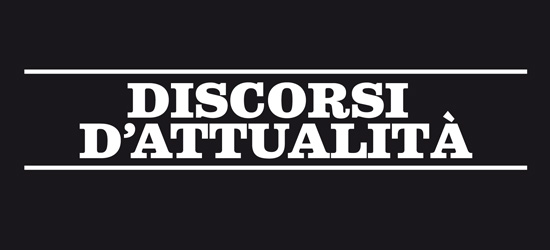
other upcoming events
6 Aug 2024 > 15 Sep 2024
videogalleryRoma calling
7 Sep 2024 ore 18:00
cinemaRyuichi Sakamoto: Opusby Neo Sora
8 Sep 2024 ore 16:30
MAXXI with the FamilyEnvironments to explore!
10 Sep 2024 ore 18:00
talkStorie dalla terracinque fotografi per quattro continenti
11 Sep 2024 ore 18:00
talkEsistere come donna: Louise Bourgeois e l’Italia
12 Sep 2024 ore 17:00
MAXXIperTUTTIParola al corpotactile lab


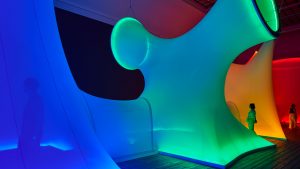
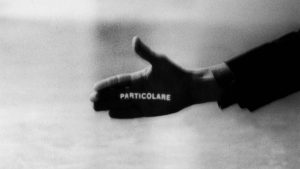


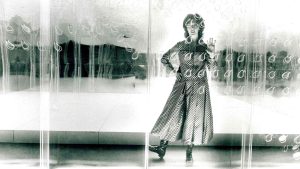
































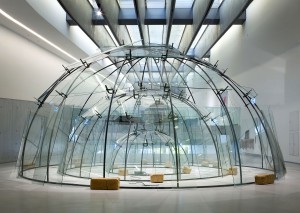
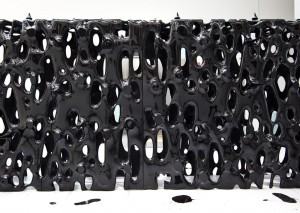
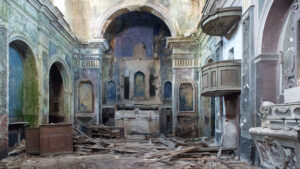

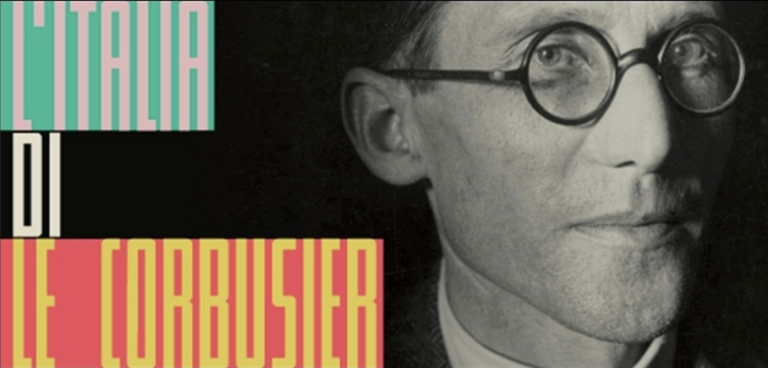



Swiss Institute in Rome, Via Ludovisi 48 – Conference Room
Simultaneous translatio
According to the Futurist Manifesto (1909) Venice, the “cloaca maxima of passéism”, was the antithesis of modernity. Today, however, we know that, in contrast, “passéism” is a potent aspect of that very modernity. How is it possible that modern architecture has “ignored” a phenomenon of such importance? In his paper, Stanislaus von Moos proposes a reading of the Ville radieuse not so much as the antithesis of “passéism” but rather as a proving ground for the post-industrial city with its elements of nostalgia and theatre.
“Is it really true that the Le Corbusian visions were wholly oblivious to both past and context? Can we really not see in them any trace of that culture of reform (of the “new form”) that was attempting to resolve the disorder of modernity?” (Marco De Michelis).
An event curated by the Swiss Institute in Italy together with MAXXI Architettura on the occasion of the exhibition L’Italia di Le Corbusier.
With the support of Albert Gnägi (Zurich, ISR member 1970/71), Dr. Charles Hummel Stiftung (Zurich), Jacobs Foundation (Zurich), Gunhild & Olaf Kübler (Küsnacht/Zurich) and Georg und Bertha Schwyzer-Winiker Stiftung (Zurich).